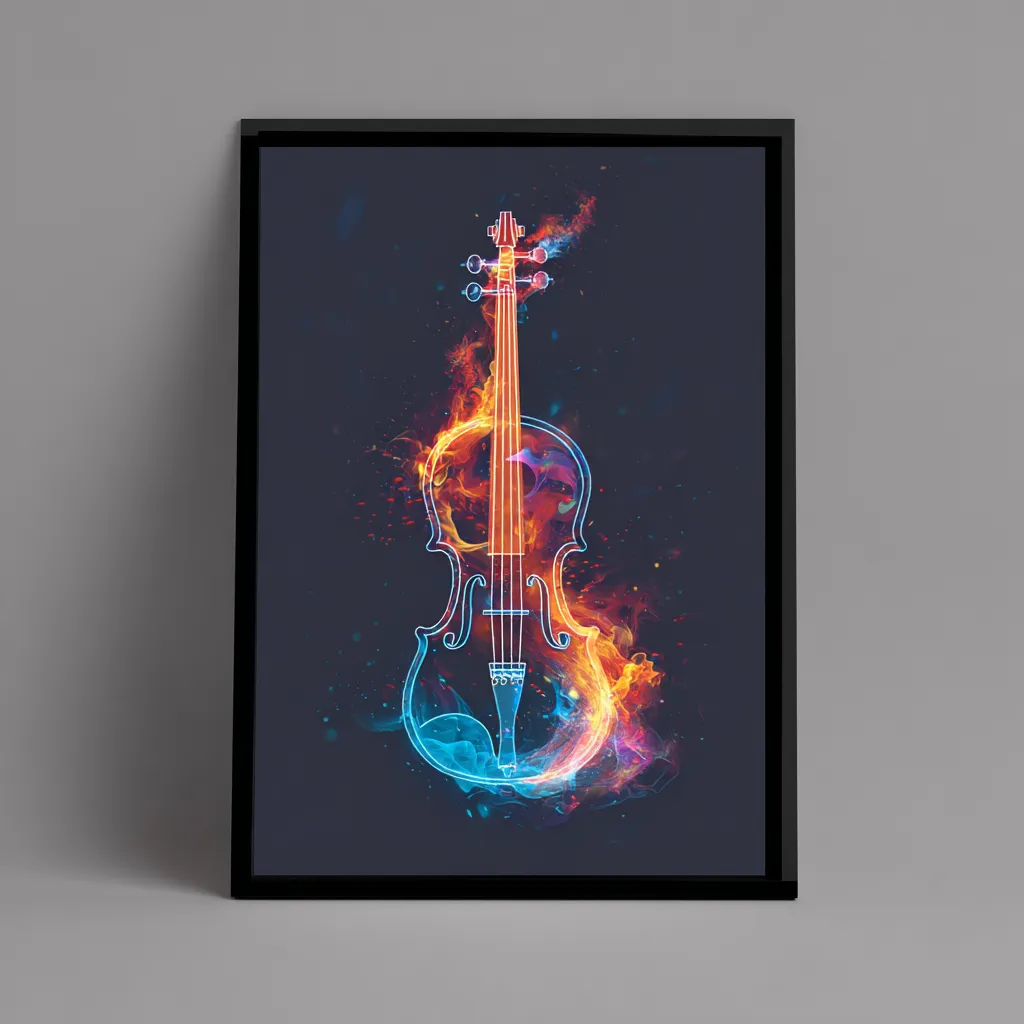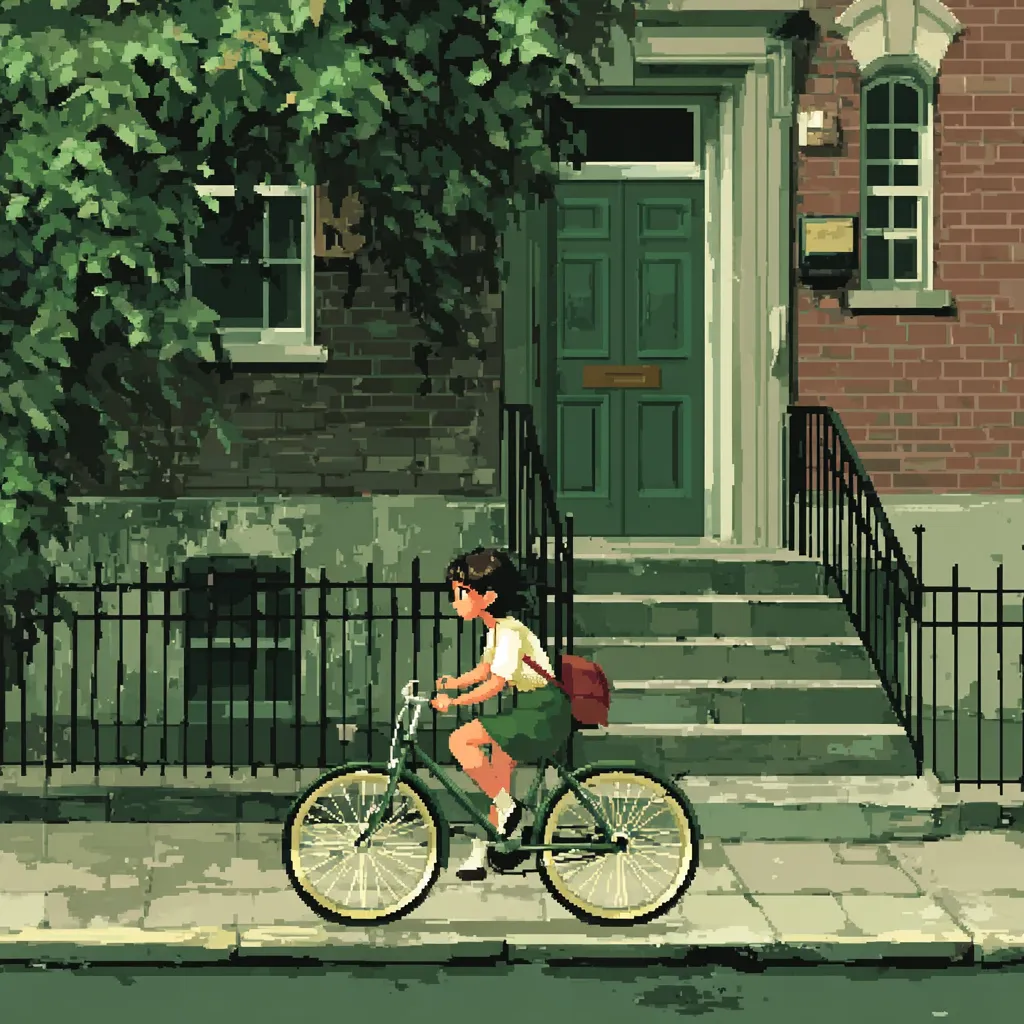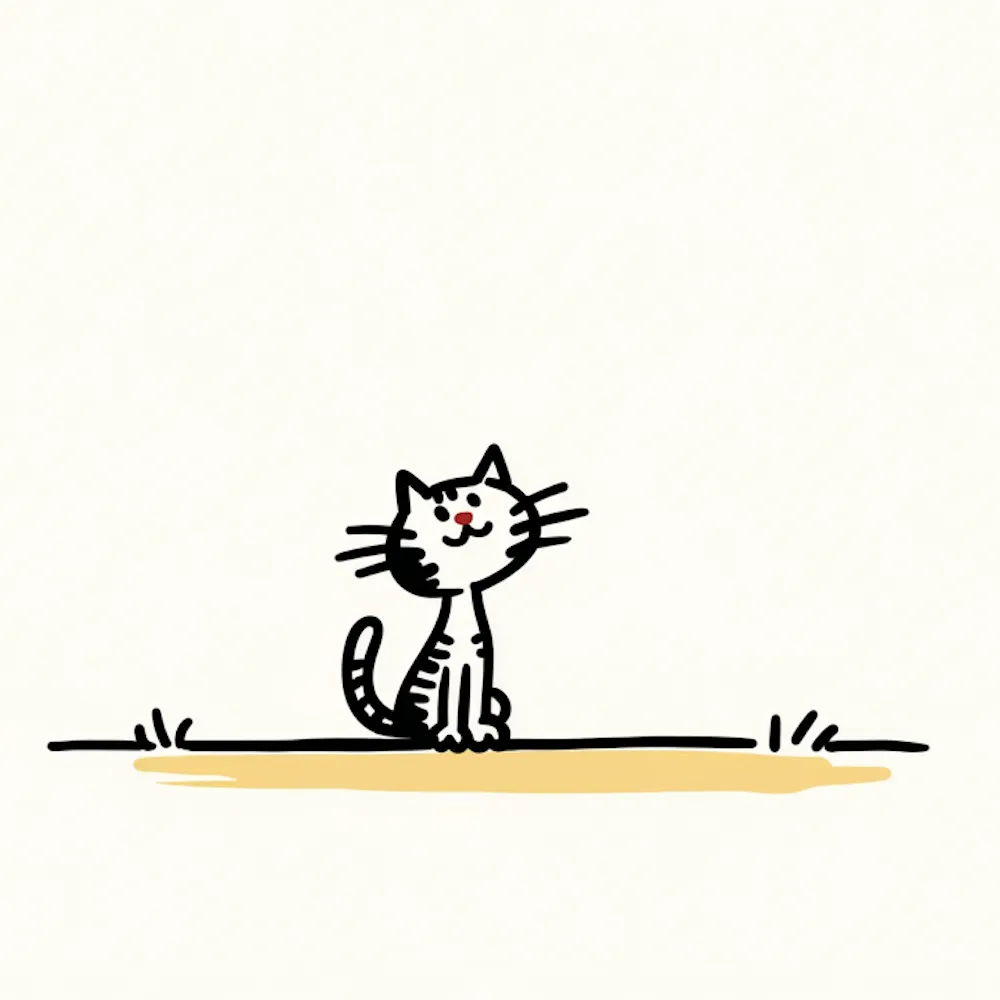Image | Story | Life
Image Narration
Transform your images into compelling stories with AI-poweredUpload Your ImageSupport JPG, PNG, WEBP formats (max 10MB)
Choose Image
or drag and drop here
No image? Try one of these




Prompt(optional, Direct AI to specific aspects)
0/400 words
Enjoy to Create Magic
Select an image and Click "Generate Narration" to transform it
into a compelling story with AI-powered creativity
Waiting for your image...
How to useImage Narration
1. Upload Your Image
Select and upload the image you want to narrate.
2. Add Focus (Optional)
Optionally, describe the aspects of the image you want the narration to focus on.
3. Generate Narration
Click the generate button to receive the narration for your image.
Why ChooseImage Narration
Discover the advantages of choosing professional image narration. Here’s why our service stands out.
Expert Narration
Each image is interpreted and narrated by advanced AI, ensuring professional and insightful descriptions.
Free Daily Usage
Enjoy one free image narration every day—no cost, no hassle.
Effortless to Use
Our intuitive interface makes it simple for anyone to generate image narrations in just a few clicks.
Tips for BetterImage Narration
Describe the Scene Clearly
Provide a clear and detailed description of what you want to see. Mention the main subject, background, and any important objects.
Add Style and Mood
Specify the artistic style or mood you prefer, such as 'watercolor', 'cinematic', 'vintage', or 'cheerful atmosphere'.
Mention Special Context
If the image has a special context or background story, you can write it separately to help the AI better understand your needs.
Specify Perspective or Composition
Guide the AI with terms like 'close-up', 'bird’s-eye view', 'portrait orientation', or 'symmetrical layout'.
Unlock the Power ofImage Narration
Transform Images into Words, Enhance Understanding
Image narration is a transformative process that converts visual content into descriptive language, making images accessible, understandable, and meaningful to a wider audience. By focusing on image narration, individuals and organizations can bridge the gap between visual information and human comprehension. Image narration is not only a tool for accessibility but also a catalyst for creativity, learning, and communication. Through image narration, every image can tell a story, convey emotions, and deliver information in a way that words alone or visuals alone cannot achieve.
Understanding Image Narration: Definition and Significance
Image narration is the practice of describing the content, context, and meaning of an image using clear and vivid language. The core of image narration lies in its ability to translate visual elements—such as objects, actions, colors, and emotions—into words that can be understood by anyone, regardless of their ability to see the image. Image narration is essential for making visual content accessible to people with visual impairments, but its benefits extend far beyond accessibility. By using image narration, creators can ensure that their images are interpreted accurately, their messages are conveyed effectively, and their audiences are engaged on a deeper level. In a world saturated with visuals, image narration provides clarity, context, and connection.
The Benefits of Image Narration: Why Convert Images to Narration?
The advantages of image narration are numerous and impactful. First, image narration enhances accessibility, allowing people with visual impairments to experience and understand visual content through detailed descriptions. Second, image narration improves comprehension for all audiences by providing context and highlighting important details that might otherwise be overlooked. Third, image narration fosters creativity by encouraging narrators to interpret and express the essence of an image in their own words. Fourth, image narration supports education by making complex visuals, diagrams, and artworks more approachable and memorable. Finally, image narration strengthens communication by ensuring that the intended message of an image is received and understood, regardless of cultural or linguistic differences. By embracing image narration, creators and audiences alike can unlock new levels of understanding, empathy, and engagement.
How to Create Effective Image Narration: Tips and Techniques
To produce high-quality image narration, it is important to focus on clarity, detail, and relevance. Start by observing the image carefully and identifying its main elements, such as people, objects, settings, and actions. Use descriptive language to convey not only what is visible but also the mood, atmosphere, and possible intentions behind the image. Effective image narration should be concise yet comprehensive, avoiding unnecessary jargon while ensuring that all essential information is included. Consider the needs of your audience: for educational purposes, image narration might include technical terms and explanations; for storytelling, image narration can emphasize emotions and narrative flow. Practice and feedback are key to refining your image narration skills. The more you engage in image narration, the more adept you become at capturing the essence of any visual content.
Real-World Applications of Image Narration
Image narration is widely used across various fields and industries. In education, image narration helps students understand complex diagrams, historical photographs, and scientific illustrations. In media and journalism, image narration ensures that news images are accessible and their stories are accurately conveyed. In art and culture, image narration allows artworks to be appreciated by a broader audience, including those who cannot see them directly. In technology, image narration is integrated into digital platforms to make websites, apps, and social media more inclusive. Even in everyday life, image narration can be used to share memories, describe experiences, and connect with others. The versatility of image narration makes it an invaluable tool for anyone seeking to communicate more effectively and inclusively.
Maximizing the Value of Image Narration: Best Practices
To fully realize the benefits of image narration, it is important to adopt best practices. Always tailor your image narration to the context and audience, ensuring that your descriptions are relevant and engaging. Use sensory language to bring images to life, describing not only what is seen but also what might be felt, heard, or imagined. Encourage interaction by inviting questions or discussions based on your image narration. Stay updated with new techniques and technologies that support image narration, such as AI-powered tools and collaborative platforms. Most importantly, recognize that image narration is a skill that grows with experience. By consistently practicing image narration, you can enhance your ability to communicate, educate, and inspire through the power of words.
Image narration is revolutionizing the way we interact with visual content. By converting images into narration, we make information more accessible, foster deeper understanding, and create opportunities for creativity and connection. Image narration empowers individuals to share their perspectives, educators to enhance learning, and organizations to reach wider audiences. As the importance of image narration continues to grow, mastering this skill will become essential for anyone involved in communication, education, or creative expression. Embrace image narration and discover how transforming images into words can enrich your life, your work, and your world.